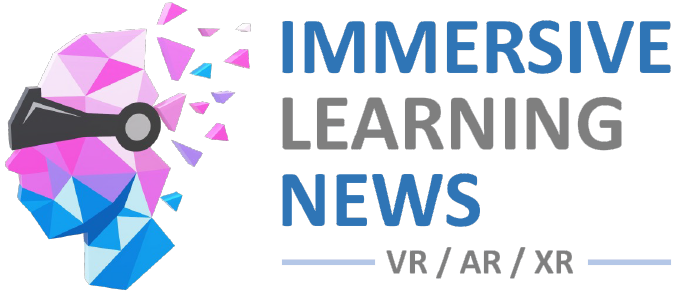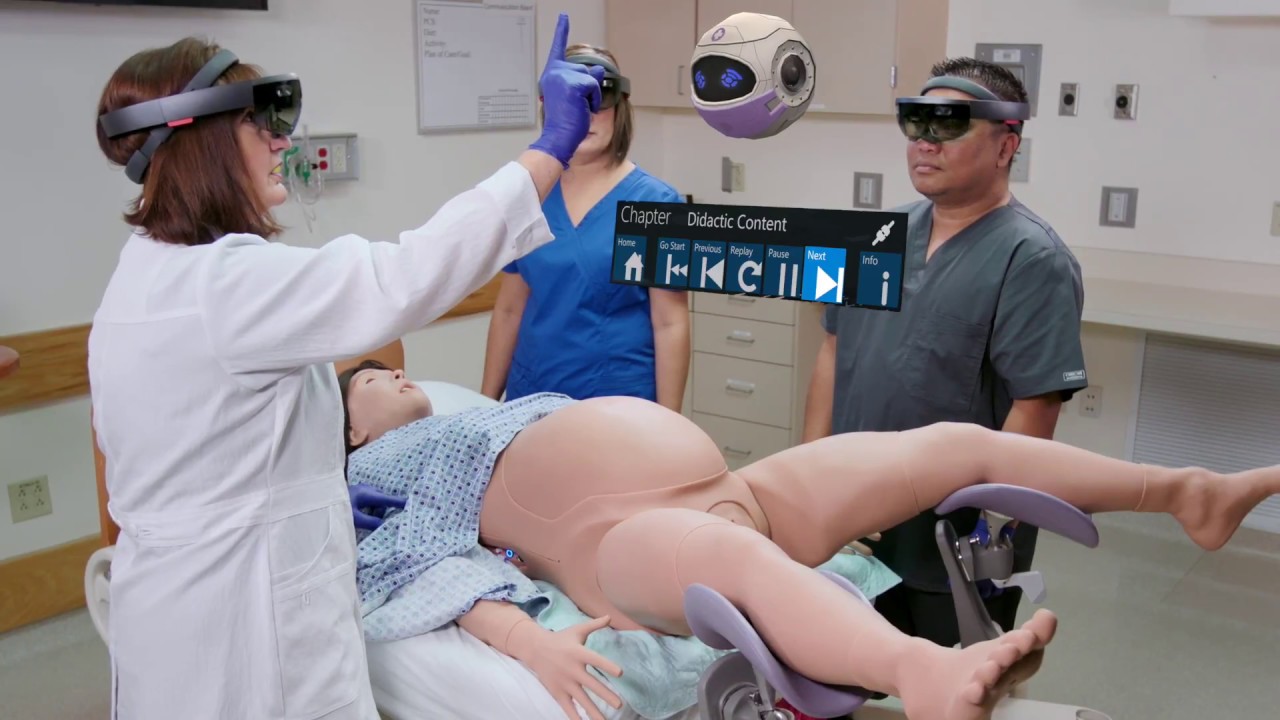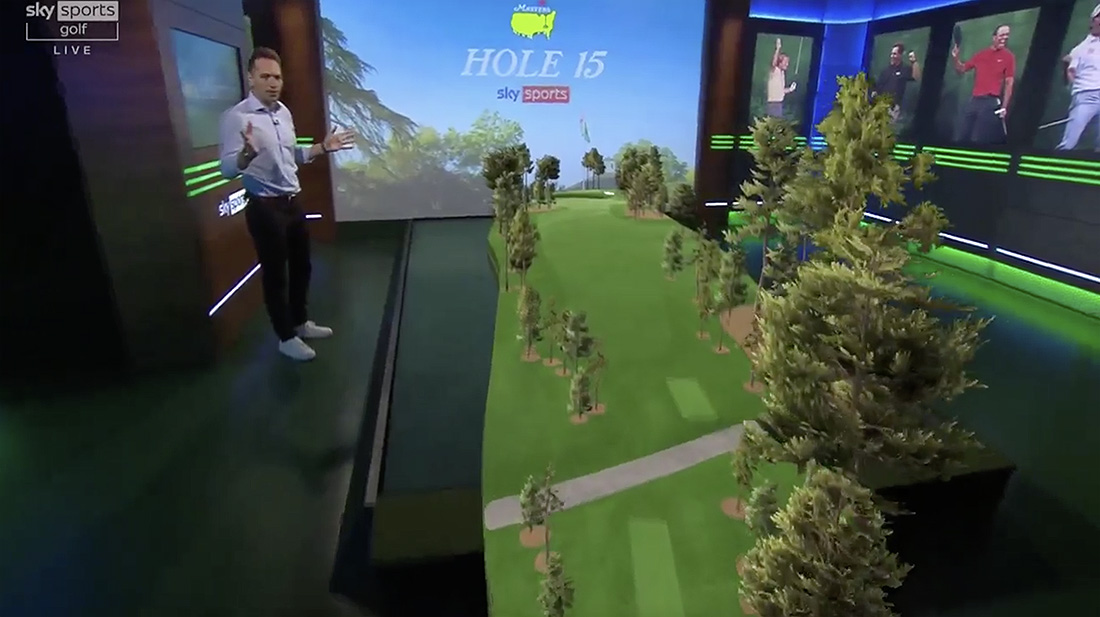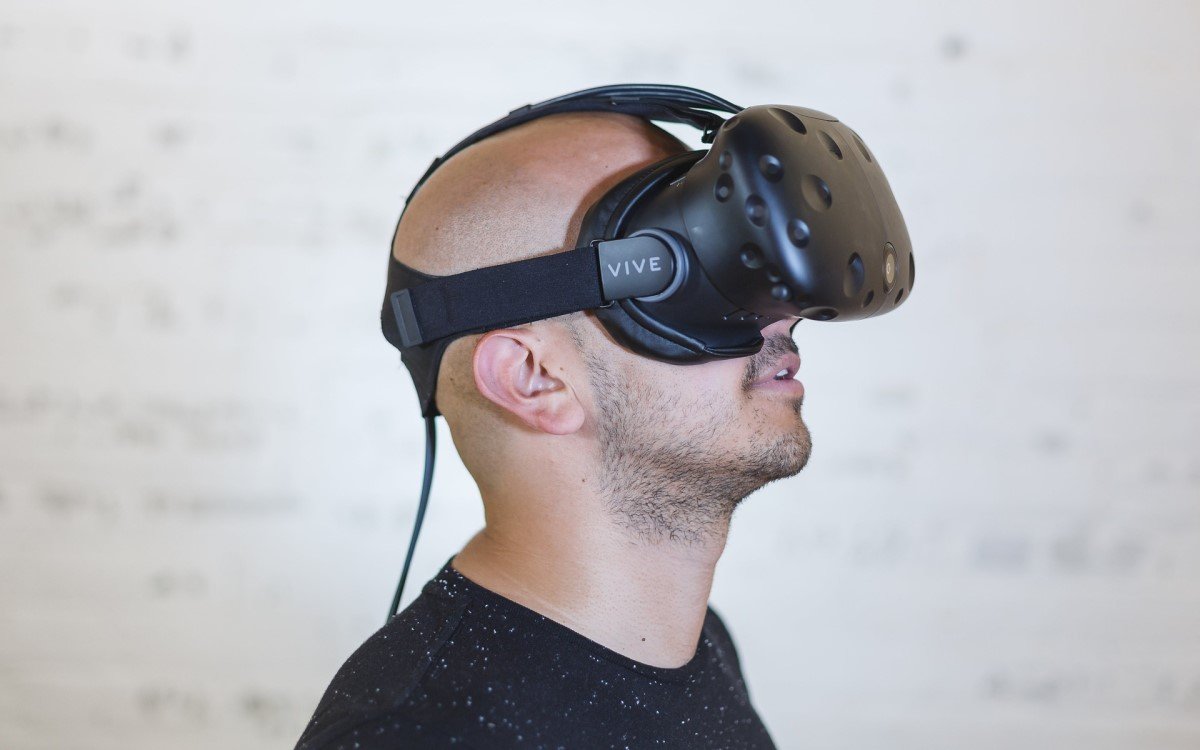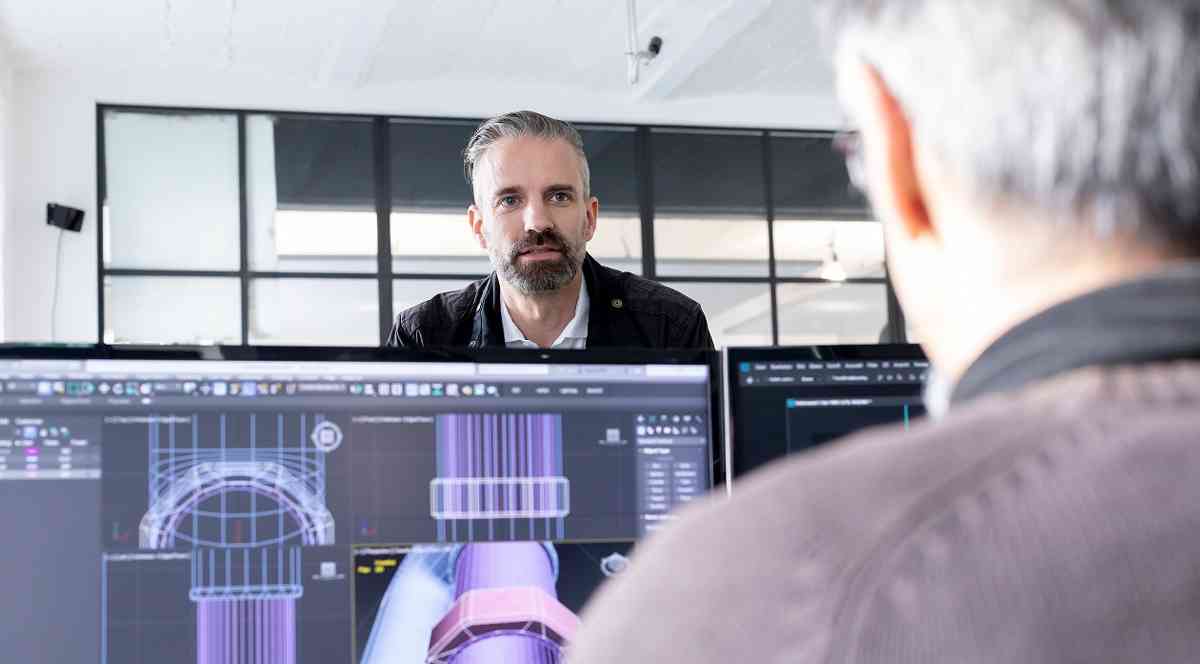The first childbirth AR simulator.
Whether learning how to play the piano or training crews to fly an Airbus, industries are quickly figuring out different ways augmented reality can be used for training and education.
One such field we’ve seen the most experimentation within is medical. A field that demands regular training and requires students to have hands free, hardware like the HoloLens have been a growing tool within the industry.
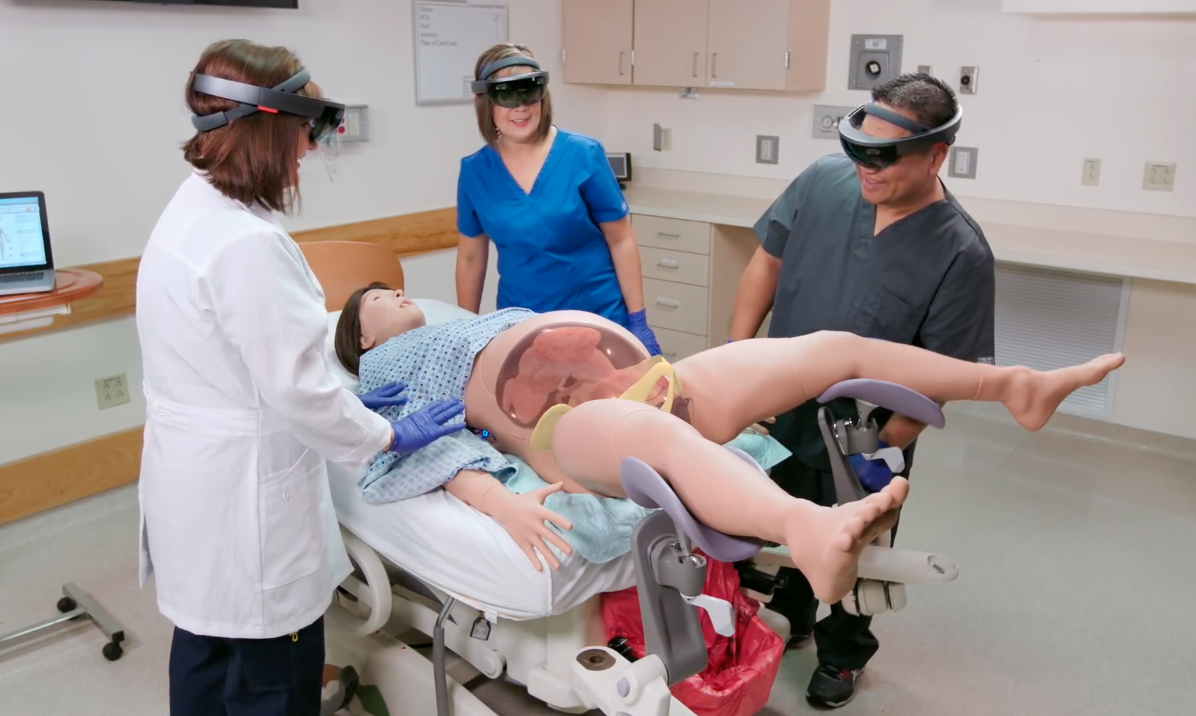
One such medical company, CAE Healthcare, has unveiled the world’s first augmented reality childbirth simulator with integrated mother-baby physiology. Dubbed CAE LucinaAR, the HoloLens simulator lets clinical teams and learners practice emergency labor and delivery maneuvers on a mannequin while being guided by 3D holograms of the baby as it progresses down the birth canal.
You can see it all in action in the video below:
https://youtu.be/i7AsI1PBpyI
In probably one of the more unique use cases we’ve seen for HoloLens training, the current version of this simulator takes students through a shoulder dystocia scenario, an uncommon pregnancy that presents a higher level of difficulty for delivery. The “learning module” provides immediate visual and physiological feedback on the effectiveness of different clinical emergency measures.
“CAE LucinaAR delivers a breakthrough simulation training experience that allows learners to see the anatomy inside the patient simulator,” said Dr. Robert Amyot, President of CAE Healthcare. “We chose Lucina as the first CAE patient simulator for integration with our augmented reality platform because we believe it will have an immediate and powerful impact on the management of shoulder dystocia deliveries and on mother-baby safety.”
CAE Healthcare is looking to expand on the CAE LucinaAR app to include other childbirth delivery and emergency scenarios.
We can only expect to see more and more HoloLens apps pop out over time as medical professionals continue to integrate AR into training programs. AR provides real-time 3D views of human anatomy that can be significantly more effective than how we learn from diagrams or 2D training videos. Immersive learning experiences like this are also what today’s tech-savvy generation of students expect from healthcare education.
